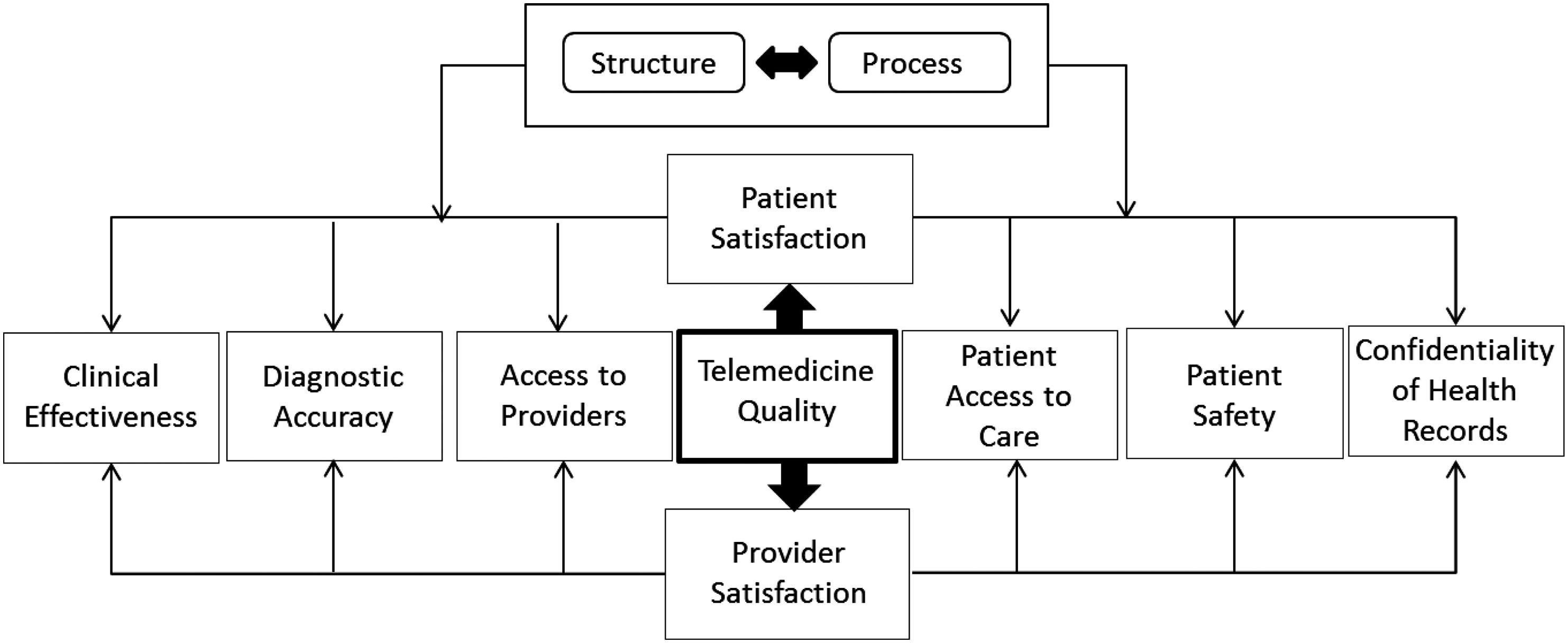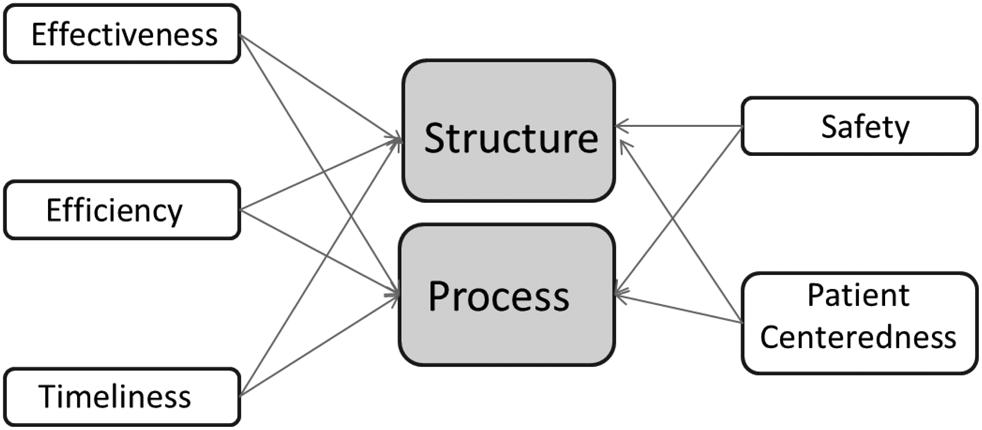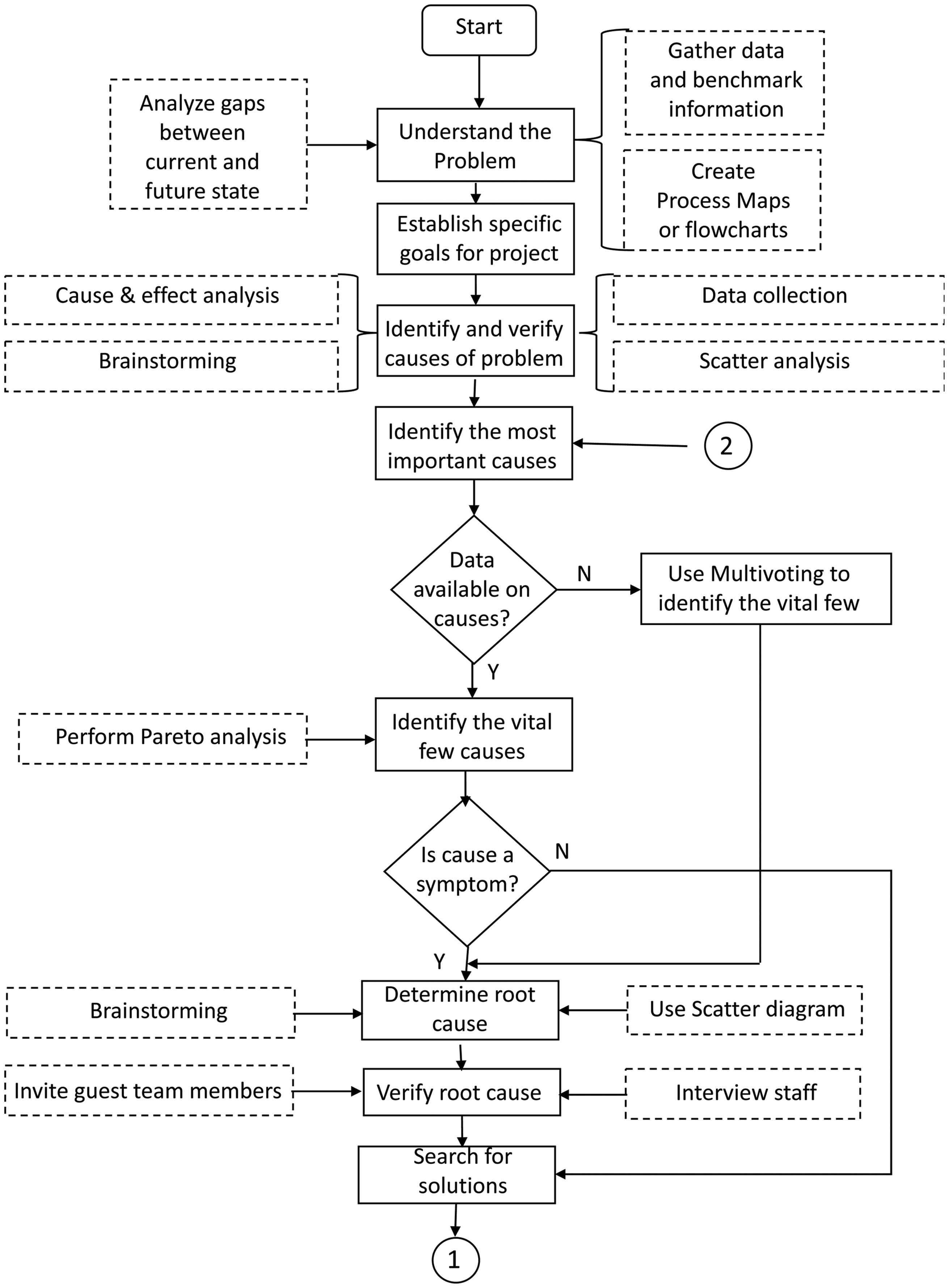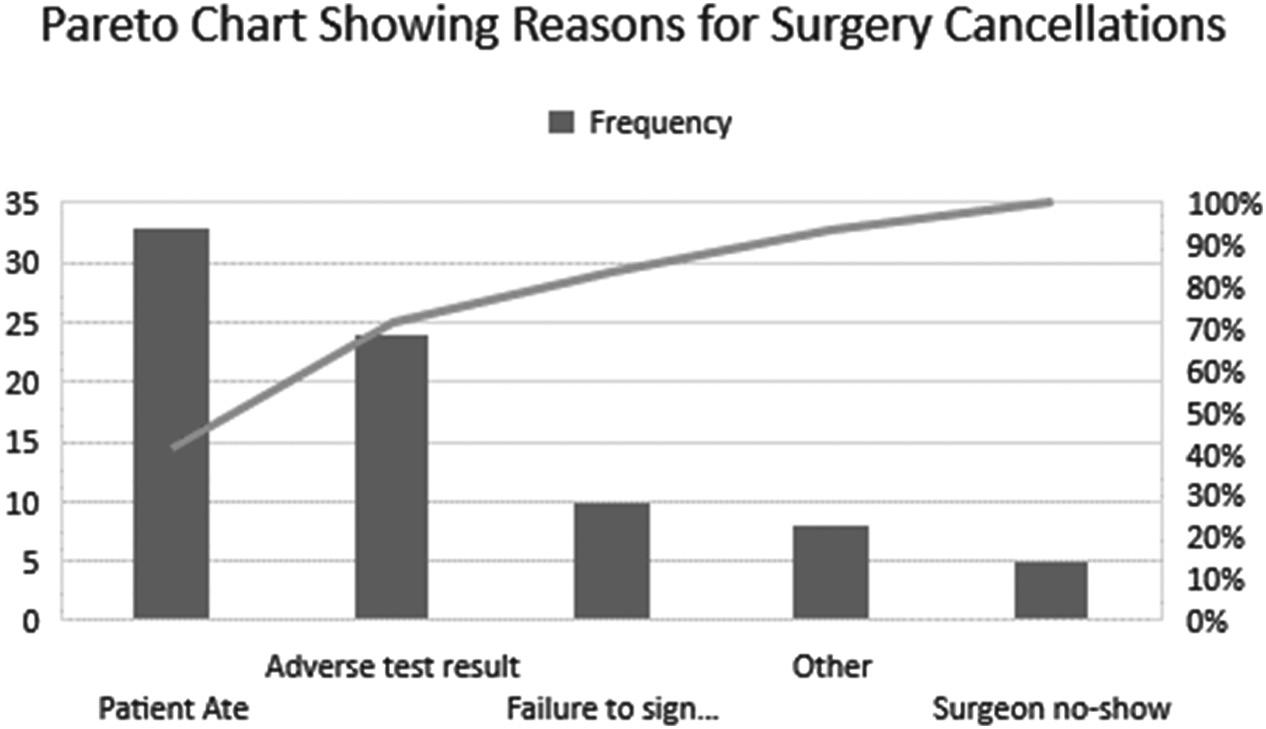Lean Management System ◾ 127
elements, split into three parts: external elements (before the changeover), internal elements (during the changeover), and external elements (after the changeover). 4. Convert internal elements to external. In this step, the current changeover process is carefully examined, with the goal of converting as many internal elements to external as possible. For each internal element, the team should ask the following questions: How can these internal elements be made external? This will result in a list of elements that are candidates for further action. This list should be prioritized so the most promising candidates are acted on first. Fundamentally, this comes down to performing a cost/benefit analysis for each candidate element: – Cost as measured by the materials and labor needed to make the necessary changes. – Benefit as measured by the time that will be eliminated from the changeover. Once the list has been prioritized, work can begin on making the necessary changes. 5. Streamline the remaining elements. In this step, the remaining elements are reviewed with an eye toward streamlining and simplifying so they can be completed in less time. First priority should be given to internal elements to support the primary goal of shortening the changeover time. For each element, the team should ask the following questions: How can this element be completed in less time? How can we simplify this element? As in the previous step, a simple cost/benefit analysis should be used to prioritize actions.
Examples of SMED Healthcare Applications One of the challenges for surgeons and other healthcare professionals is how to improve patient care handoffs. SMED is a lean tool that can improve changeovers in healthcare and beyond (Kashmer, 2014). As previously discussed, the essence of SMED is reducing changeover time by converting elements in the changeover process to elements that can happen before a machine is shut down for an actual changeover. Kashmer extended the analogy to a trauma and acute care surgery service, in which case the machine is the service rendered to patients or that time when the service is up and running and available. The “changeover” represents the morning handoff. The key to a successful handoff is to ensure that the required











